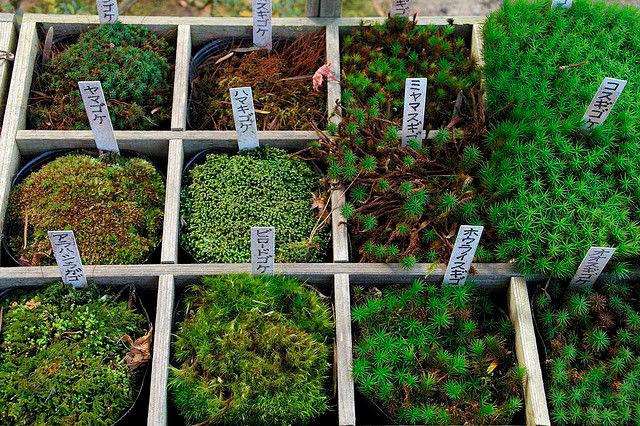MOSSES possess remarkable properties despite their relatively small size. They can thrive in severe environments, from hot deserts to damp caves, and play a key role in biodiverse habitats across the globe.
Talking about moss, this plant is one of the oldest plant species on Earth, and has a wide and diverse range of varieties, with over 20,000 individual types. Despite the fact that many people find moss in their yard to be an annoyance, generally growing between cracks in concrete or detracting from the appearance of a lawn, moss has various uses, such as a ground cover, a filler for planters, and an alternative to grass, and also acts as a garden decoration.
Moss can be categorised into two groups; pleurocarpous and acrocarpous. There are several differences between these two groups.
Pleurocarpous moss has a spreading carpet-like growth habit, and are best-suited for rock gardens because they’re able to attach themselves to hard surfaces, while acrocarpous grow upright and grow in mounds rather than in carpets. Hence, they’re slower growing than pleurocarpous varieties.
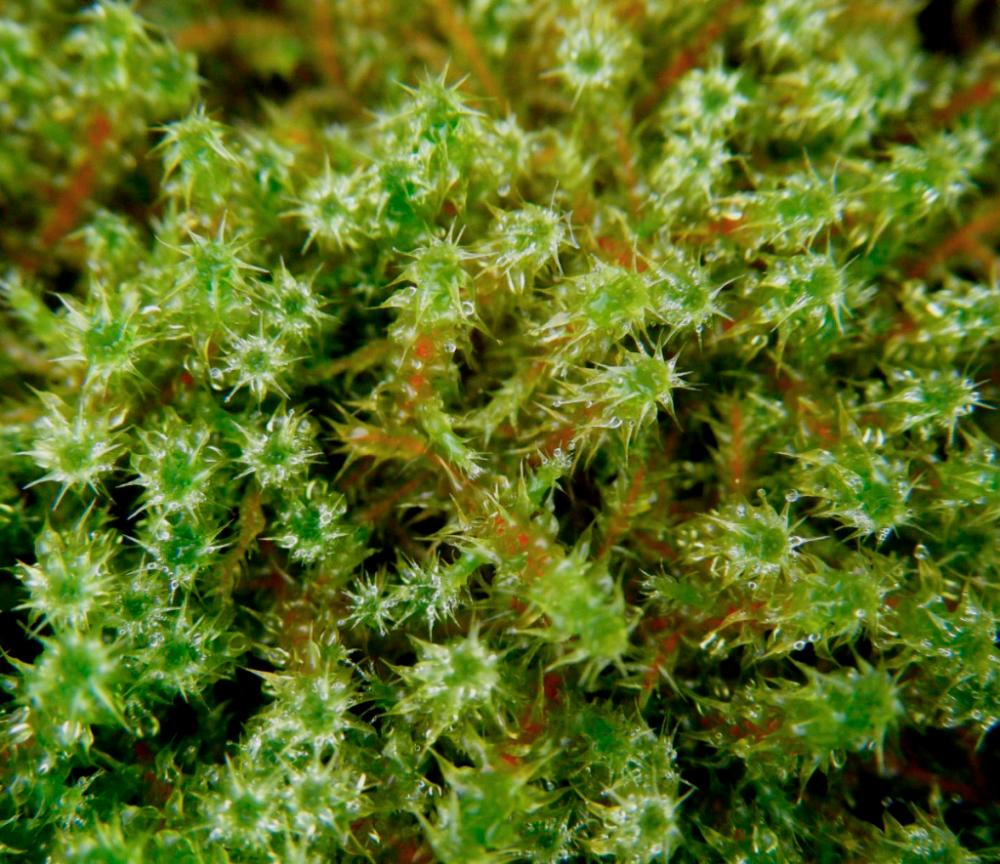
-> Springy Turf Moss (Rhytidiadelphus Squarrosus)
Type: Acrocarpous
This unique popular moss is commonly found in man-made habitats such as lawns and golf courses. It has been introduced to the Southern Hemisphere, where it is prevalent in Eurasia and North America. Each stem reaches a maximum length of five inches and is surrounded by little, hairy, pale green leaves that point in the opposite direction as the red stalks.
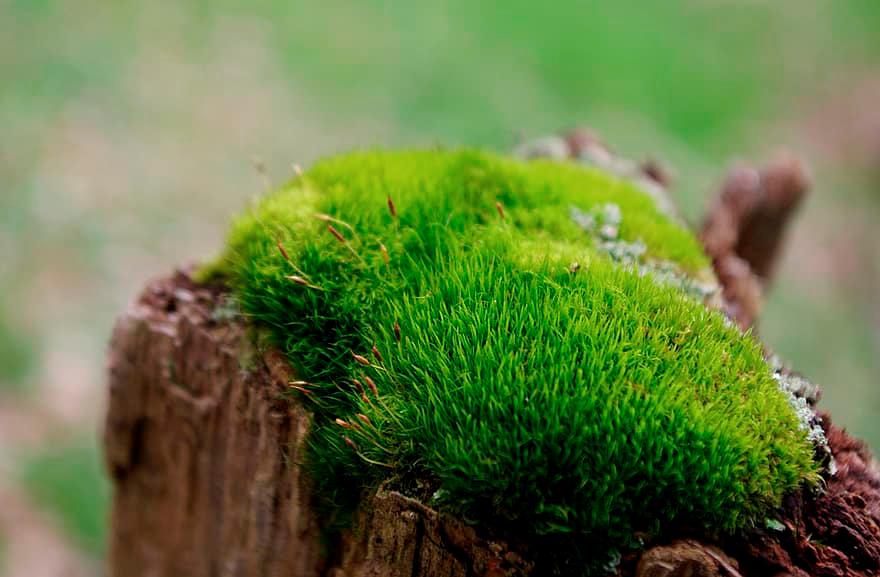
-> Pincushion Moss (Leucobryum Glaucum)
Type: Acrocarpous
The Pincushion Moss, also known as Leucobryum Glaucum, prefers moderate shade and indirect sunlight for optimal growth. The name of this moss is derived from the cushion-shaped mounds it forms during cultivation.
This perennial moss creates huge, dome-shaped mounds up to two feet tall and five inches broad. Each ‘cushion’ is composed of a spread of gray-green lance-shaped leaves on stalks. The moss has a plump and feathery appearance due to its smooth and feathery fronds. In autumn and winter, the plant’s spores are carried by the wind to spread. It requires moist growing conditions but is more drought-tolerant than the majority of moss species.
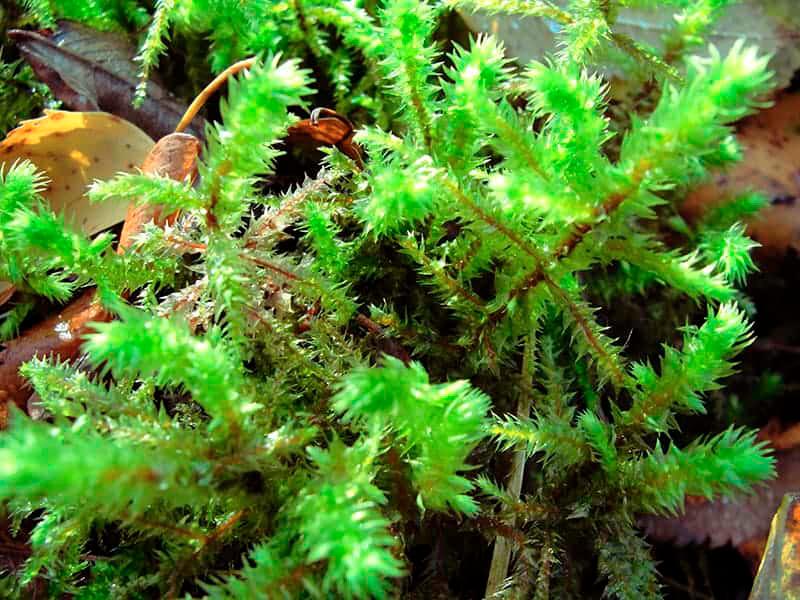
Shaggy Moss (Rhytidiadelphus Triquetrus)
Type: Pleurocarpous
This type of moss, sometimes known as electrified cat tail moss, has a sprawling growth style and dark green foliage. The common name ‘shaggy moss’ is because the moss has an untidy, disorderly appearance. This is one of the most prevalent types of moss found in the Pacific Midwest’s woodlands. It prefers damp, fertile soil, but can also be found near riverbanks and streams and on trees.
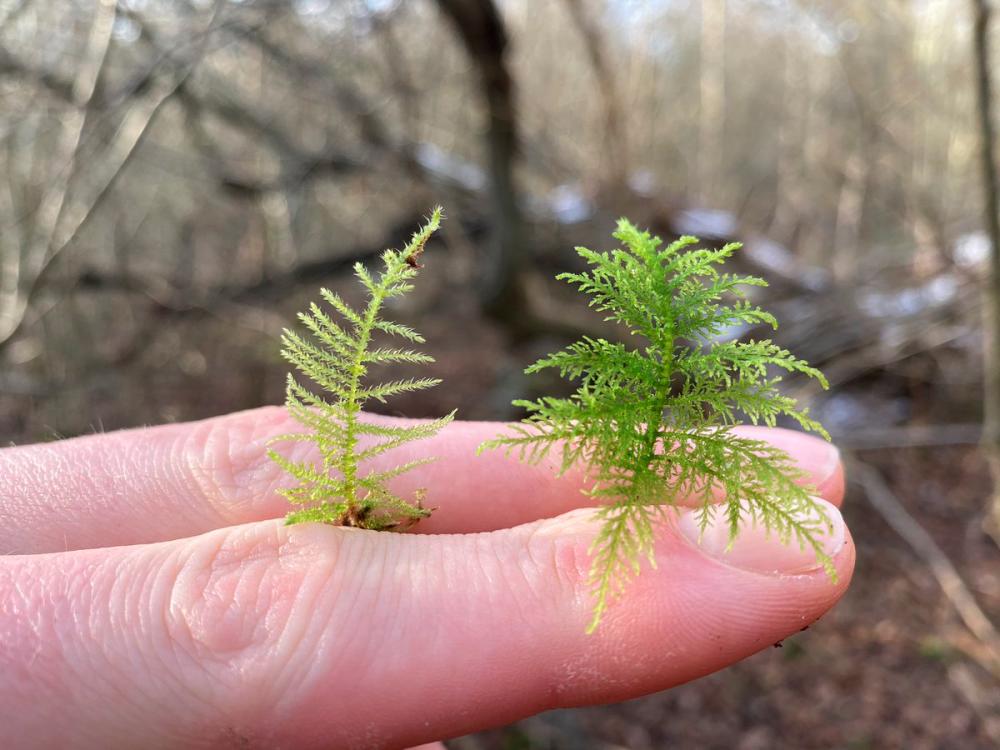
-> Common Tamarisk Moss (Thuidium Tamariscinum)
Type: Acrocarpous
This moss has a lacy appearance. Its brilliant yellow-green leaves are suggestive of ferns. The stems are black in contrast to the leaves. In contrast to other species of moss, which demand acidic soil, tamarisk moss often grows on neutral ground soils. It grows in dense tufts on moist soil and decaying wood.
-> Fern Moss (Thuidium Delecatulum)
Type: Pleurocarpous
This type of moss is also known as log moss, and is capable of growing on rocks. Florists frequently employ its dried form in floral creations. It is a particularly easy-to-grow cultivar, and its vivid green colour and velvety texture make it attractive in the landscape.
The term Fern Moss refers to different moss species belonging to the Thuidium family. Among them are Kilt Fern Moss (Thuidium identification) and Tamarisk Moss (Thuidium Tamariscinum). Although Fern Moss prefers high levels of wetness, it should not be allowed to linger in stagnant water.
It cannot survive even partial submersion and will decay if consistently saturated with water.
-> Common Haircap Moss (Polytrichum Commune)
Type: Acrocarpous
This moss is easily recognised by its tall stems of prickly spiked fronds. The stems are reddish-brown, while the leaves range from light to bright green. When observed from above, the arrangement of the leaves resembles clusters of small stars. This ubiquitous moss grows in a wide variety of soils and environments in the western hemisphere.
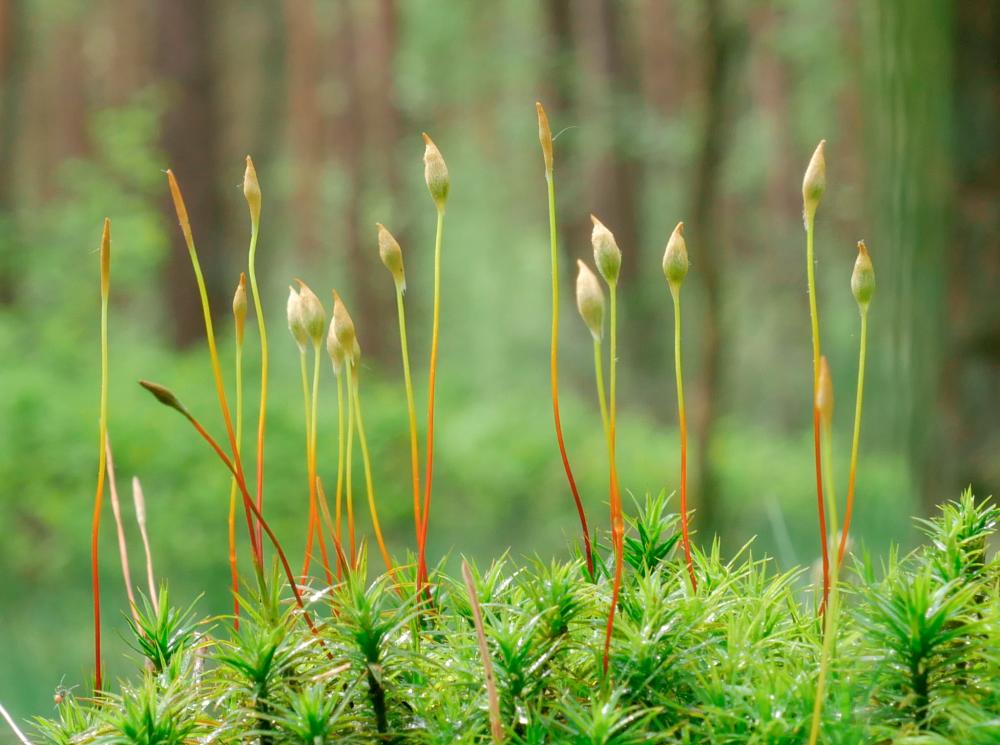
-> Baby Tooth Moss (Plagiomnium Cuspidatum)
Type: Pleurocarpous
This short-lived perennial moss is often found in North America, Asia, and Africa. It is easily distinguished by its towering stalks, which hover over the base foliage. This is the consequence of fertile branches that generate spore capsules on thin, orange-brown stalks.
Medium-green foliage with strongly serrated margins. It cannot handle direct sunlight or high temperatures and prefers cool, humid environments.



